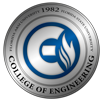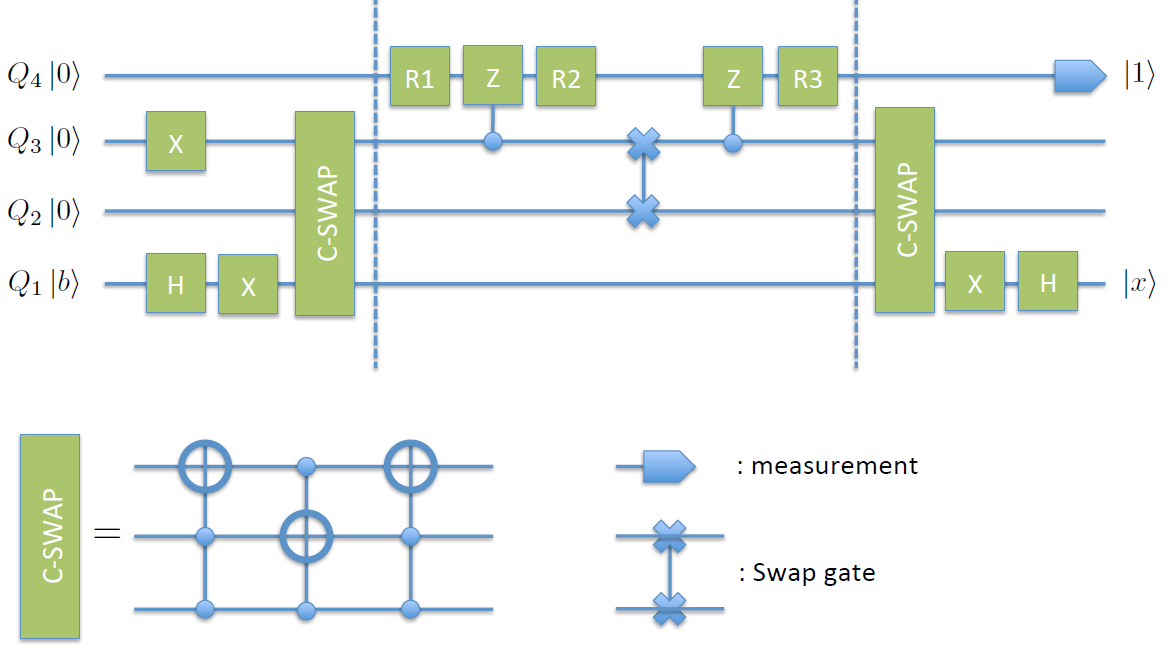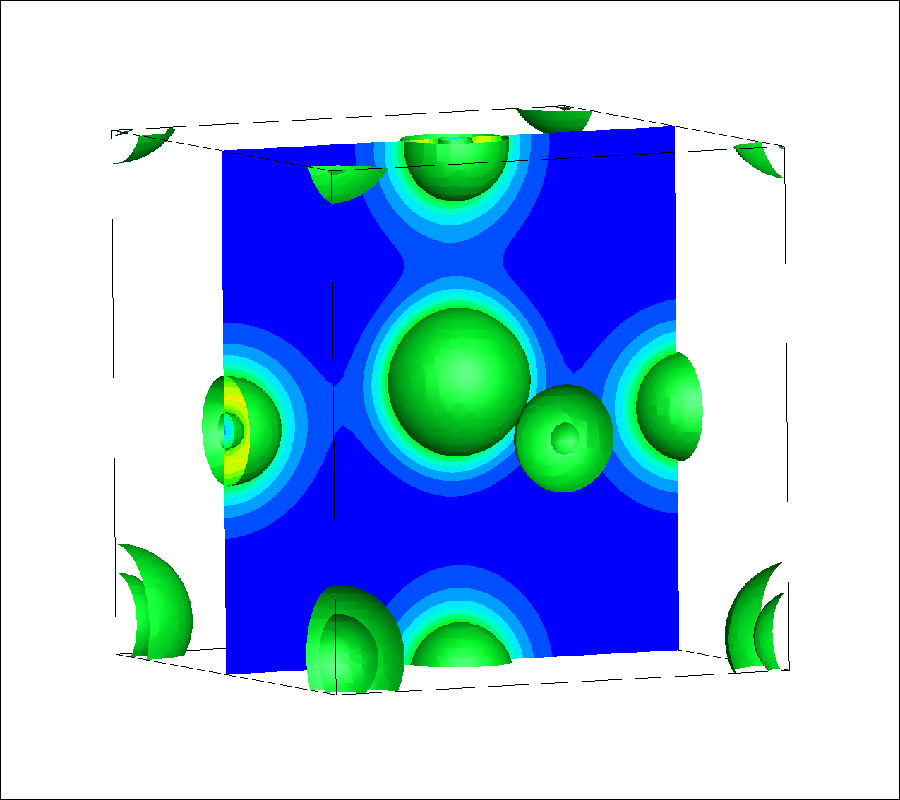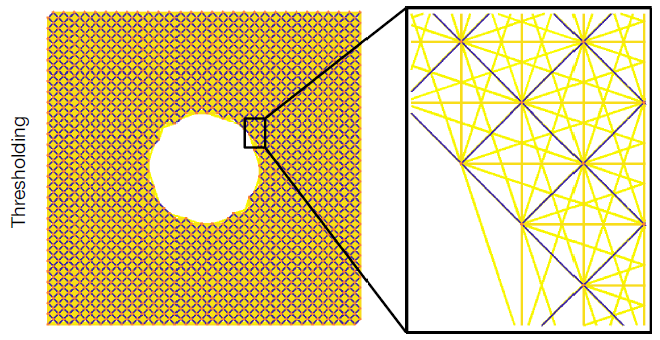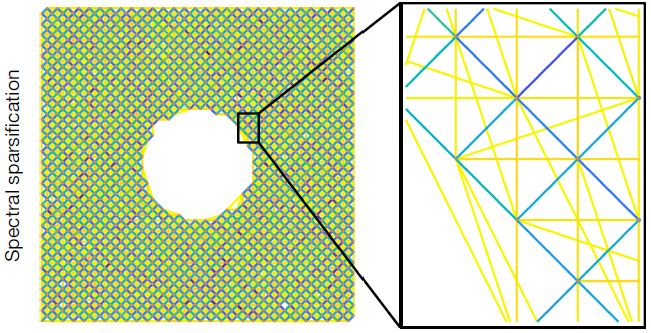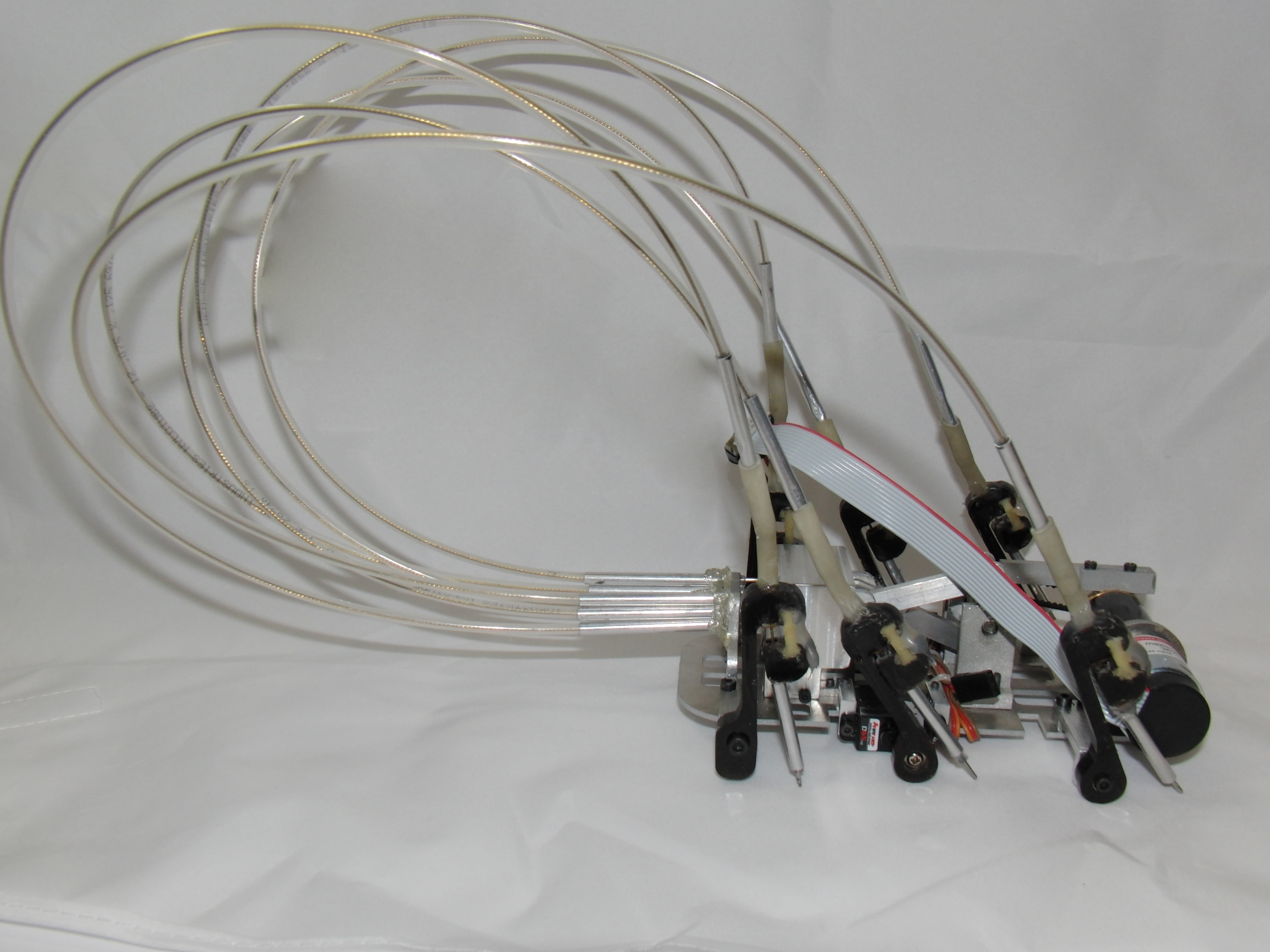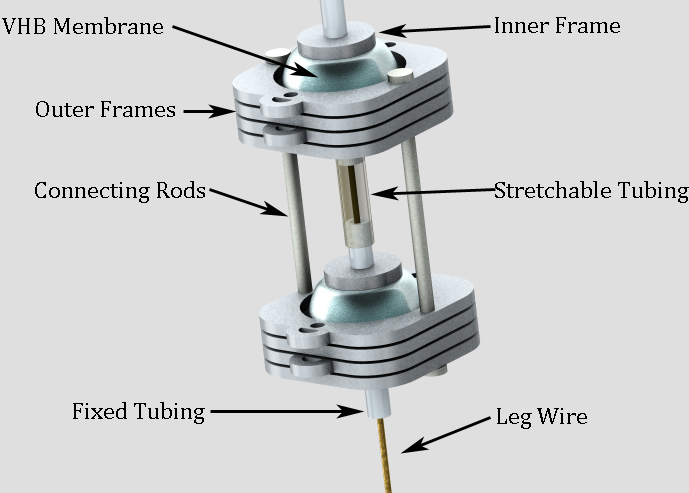Our research is focused on
solid mechanics of multifunctional materials and adaptive structures
for a variety of applications focused on enhancing energy conversion processes,
aerospace sensors and actuators, and robotic dynamic systems. Material modeling
research ranges from quantum to continuum length
scales and integrates uncertainty analysis
techniques, such as Bayesian statistics, Maximum Entropy, and evidence theory, to advance prediction of material models in light of experimental data. Combinations of
theory, scientific computing, and experimental
methods are utilized to understand materials ranging
from ferroelectric ceramics, ceramics under extreme
temperatures, and polymers that
respond mechanically to electric fields and
light.
In addition to materials research, we
are also focused on technology transition of multifunctional materials to a variety of
sensor and actuator applications. For example,
materials research applied to sapphire laser
machining has been applied to the
design of high temperature pressure transducers (up
to nominally 1400C) for gas turbine and structural
health monitoring of space and hypersonic
vehicles. We have developed soft electroactive elastomer structures for legged robotic platforms to change the
stiffness (order of 100%) on time scales
commensurate with the leg motion (1-10 Hz). Other applications include embedded sensors and
actuators for advanced flow control and
fluid-structure models to understand structural
dynamics of deformable bodies in low Reynolds number flows and compressible
flow regimes. A description of select research projects is given below.
Matlab
Tutorials and Code
A major component of our research
focuses on using probability to better understand
the assumptions that go into constitutive models and
structural models. We use Bayesian
statistics to analyze uncertainty in model
parameters that are compared with materials
experiments or adaptive structure data.
Uncertainty analysis is well known in areas such as
nuclear reactor design, weather prediction, climate
models, and hydrology. More recent efforts have
focused on using these techniques to understand material
physics. We have been applying Markov Chain
Monte Carlo (MCMC) methods using the Delayed
Rejection Adaptive Metropolis (DRAM) numerical
algorithms (freely available here)
to quantify model parameter uncertainty in models
ranging from quantum informed ferroelectric
continuum models, thermoacoustics of conducting
membranes, and nonlinear viscoelasticity of
membranes. More recent developments are focused on augmented Bayesian posterior densities obtained from maximizing Shannon's entropy under certain constraints based on differences in model outputs and data. This provides an optimization method amenable for numerical implementaton using DRAM. Importantly, it allows for heterogeneous data fusion that can assess the uncertainty of different data sets unlike the standard Bayesian approach. Uncertainty of different data sets are weighted according to their individual variance and correlation between data sets (i.e., inverse covariance). This elminates user defined weights to provide more objective means
A simple example of Bayesian calibration of a
nonlinear solid can be found here.
The Matlab code that runs this example can be
downloaded here.
The executable within this compressed file is
main.m.
Quantum Computing
Quantum-informed Nonlinear Mechanics
| This research aims to integrate
quantum relations into a field-coupled
continuum model to predict the behavior of
ferroelectric materials and other electrically
insulating materials. Density functional
theory (DFT) is used to quantify energy,
stress, and polarization as a function of
different atomic/electronic states and lattice
configurations. Importantly, Bayesian
uncertainty analysis is used to better
understand approximations when homogenizing
DFT calculations within a field-coupled
continuum model. Recent results illustrate the importance of the quadrupole density in describing electrostatic stresses. Bayesian uncertainty analysis of lead titanate DFT calculations and comparisons with a field-coupled continuum model confirmed the quadrupole density based stress. The DFT computational data and a set of Matlab codes based on results in a recent paper is describes in the link below which contains a tutorial description of the code and source code required to replicate the results in the paper. The links below provie a description of the code used for estimating the energy shown on the right as well as electrostrictive energy. Bayesian DFT-continuum energy analysis Bayesian DFT-continuum electrostriction analysis Downloading code can be found here: Bayesian quantum-continuum energy code Bayesian quantum-continuum stress code |
|
Photoresponsive
Liquid Crystal Polymer Mechanics
Azobenzene is a fascinating
material that undergoes photoisomerization
(light induced molecular changes). This
behavior strongly depends on the wavelength
and polarization of light. When
synthesized in a polymer, cooperative liquid
crystal microstructure (and amorphous
materials) motion induced by light leads to a
macroscopic shape change of the polymer.
Current research is focused on advanced chemistry that utilizes triplet states to minimize the energy necessary to induce trans-cis behavior in photopolymers. This has been demonstrated using a combination of photoresponsive molecules and sensitizer molecules with select triplet energy states. Significant enhancements in photostrictive stress has been achieved by testing the photochemical reaction within a polyimide glassy polymer. |
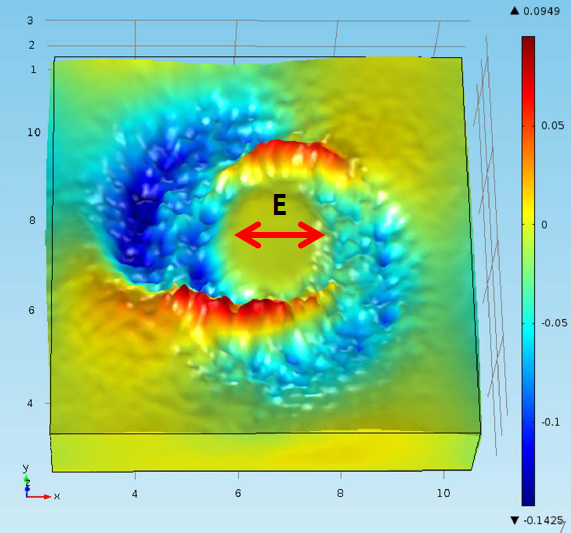 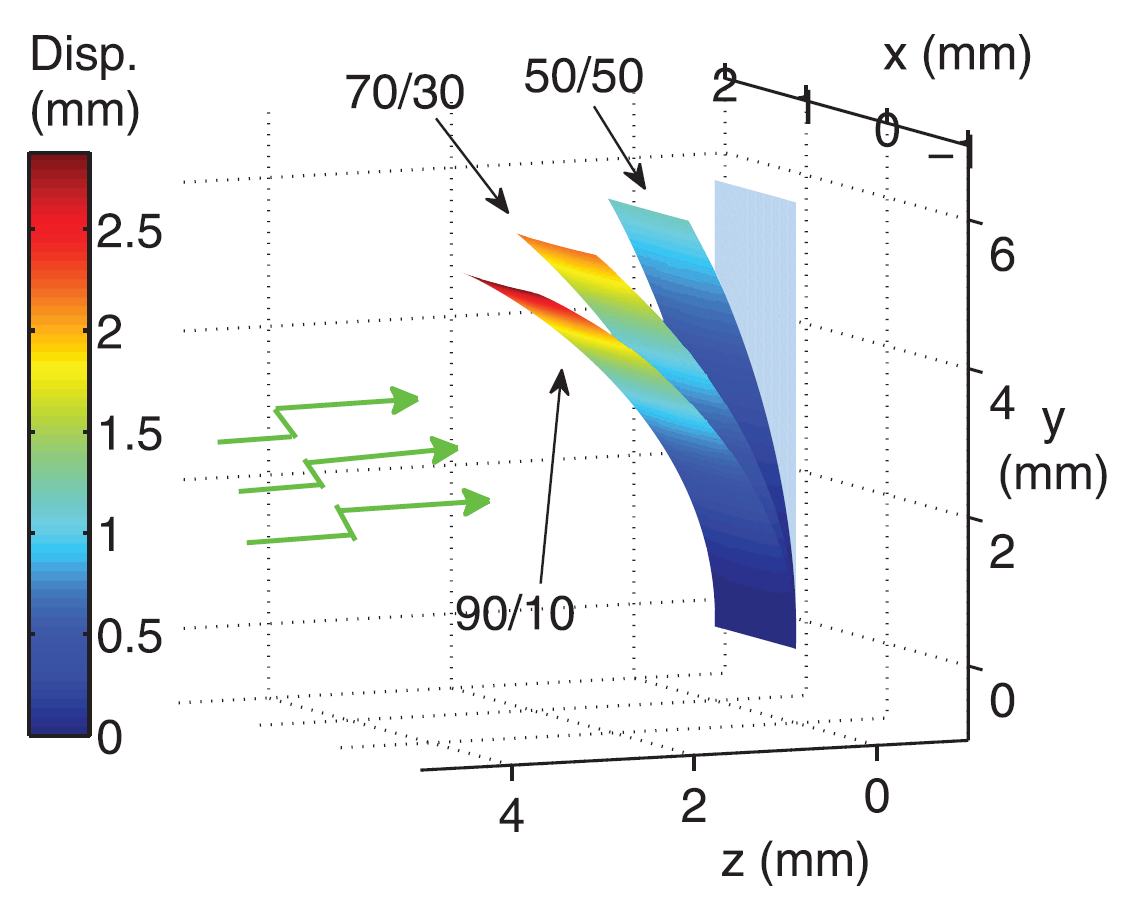 |
Network Theoretic Approach to Molecular Mechanics
|
Network theory is currently being applied to develop an atomistic material network to advance computational efficiencies and understand complex inter-atomic interactions. As part of this research, we are using spectral sparsification to reduce the size of the network which is originally defined by a complete graph of interatomic forces. The goal of spectral sparsification is to strategically reduce the number of network edges (interatomic forces) without producing significant errors, but substantially increase computational efficiency. We are comparing spectral sparsification to conventional thresholding (radial cut-off distance) of molecular forces for different atomistics potentials. Two potentials considered thus far include the Lennard-Jones potential and the Coulomb potential. The spectral sparsification for the Lennard-Jones potential yields comparable results while spectral sparsification of the Coulomb potential outperforms the thresholding approach. The results show promising opportunities which may accelerate molecular simulations containing long-range electrical interactions which are relevant to a broad range of materials with strong dipole or magnetic coupling. |
|
Fractal Mechanics and Fractional Viscoelasticity
|
We are studying the relations between fractional constitutive properties of material and their fractal structure structure. Elastomer foams have been the focus of this research which exibit complex viscoelasticity that is difficult to predict across a broad range of deformation rates and finite deformation. In the images on the right, we have applied the fractional time derivative within a nonlinear continuum model that accommodates hyperelasticity and fractional viscoelasticity within an entropy generation function. The modeling has been validated experimentally by calibrating the model at one stretch rate and extrapolating the model to predict viscoelasticity at other stretch rates. This prediction is shown on the right where fractional rates clearly provide better prediction than the integer order model. The 95% PI and 95% CI represents the 95% prediction interval and 95% credible intervals computed using Bayesian statistics. Current research is focused on relating the observed viscoelastic predictions to the underlying structure of this elastomer. The elastomer on the left is a foam material made by 3M (VHB 4910). The fractional order was ~0.15 for this material. Similar predictions have been successfully achieved on VHB 4949 where the fractional order is ~0.65. We are utilizing microscopy to quantify the fractal structure of these materials and other foam materials to understand how to design foams with desired hyperelastic, viscoelastic, and piezoresistive material properties. |
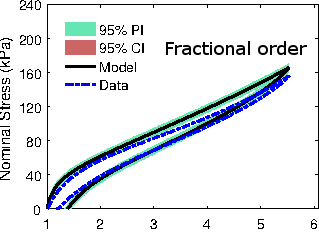 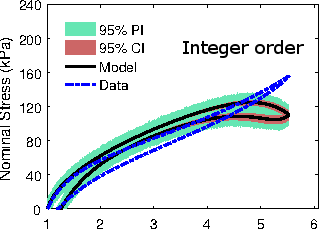 |
Adaptive Structures for Legged Robotics
Legged robots provide unique mobility and maneuverability over wheeled robotic platforms. Over complex terrains, legged robots provide extraordinary advantages over wheeled robots due to dynamic mobility characteristics; however, transitions from one terrain to another often requires alterations of the internal stiffness and damping of the structures contained within the robotic appendages. To address this issue, we are integrating electroactive polymers into the legs of robots. We have shown up to 100% stiffness change on the order of 0.1 sec (commensurate with the stride of the iSPRAWL (hexapod) robot pictured). The key enabling material used in this system is the dielectricelastomer VHB. Constitutive models have been developed that incorporate finite deforming membrane electromechanics and uncertainty quantification. Model validation of the nonlinear viscoelastic behavior can be found here. The code and data required to run this Bayesian uncertainty analysis is found here. |
|
Light-matter Interactions and Nonlinear Mechanics of Materials at Extreme Temperatures
| A limited number of materials can withstand structural loads when exposed to ambient temperatures approaching 1400C. Sapphire is one of these materials which provides an avenue for developing optically based pressure transducers for ultra high temperature applications. However, standard MEMS based chemical etching methods cannot be applied to machine these materials. Instead we are investigating laser machining methods to fabricate these sensors. Our group is currently collaborating with Dr. Mark Sheplak's group at the University of Florida to understand light-matter interactions in sapphire and changes in thermomechanical behavior of laser machined specimens. This includes a combination of multi-physics modeling, Bayesian statistics, and high temperature strength and fracture experiments. Transmission electron microscopy has illustrated that dislocations form near the laser machined surface which increases the toughness. The interactions between dislocation motion, thermal annealing, and fracture is of strong interests to quantify the underlying material reliability for pressure transducers. |
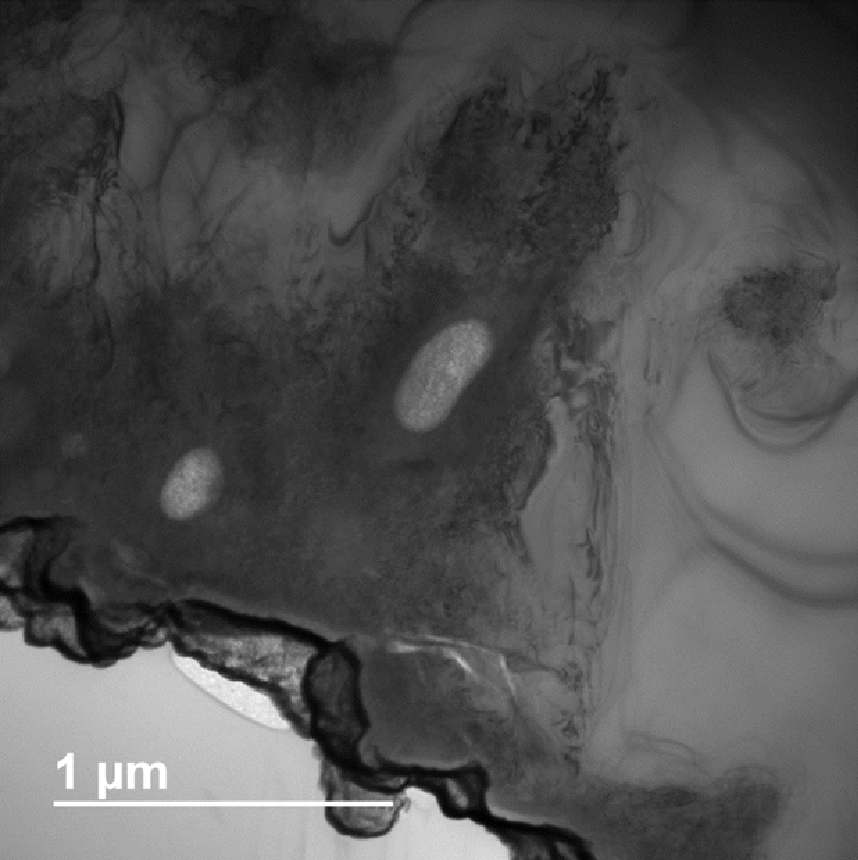 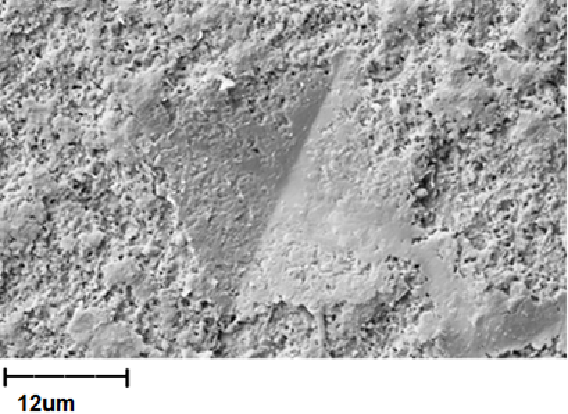 |
